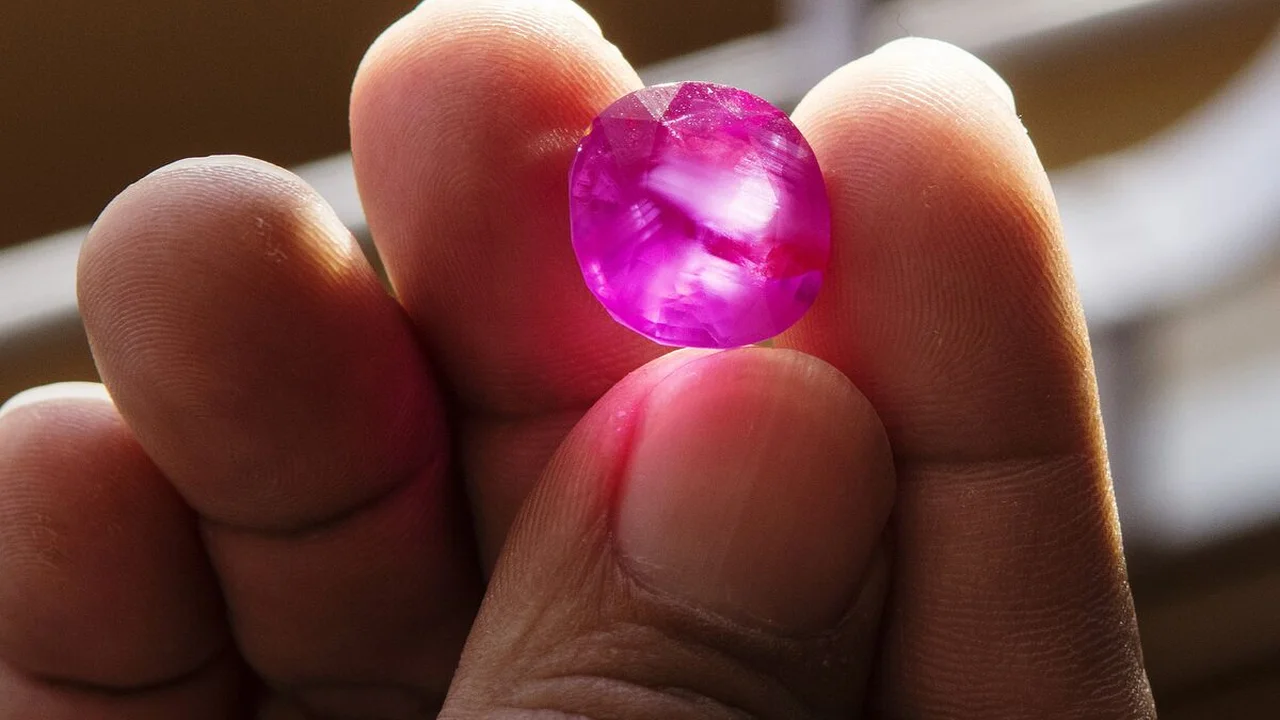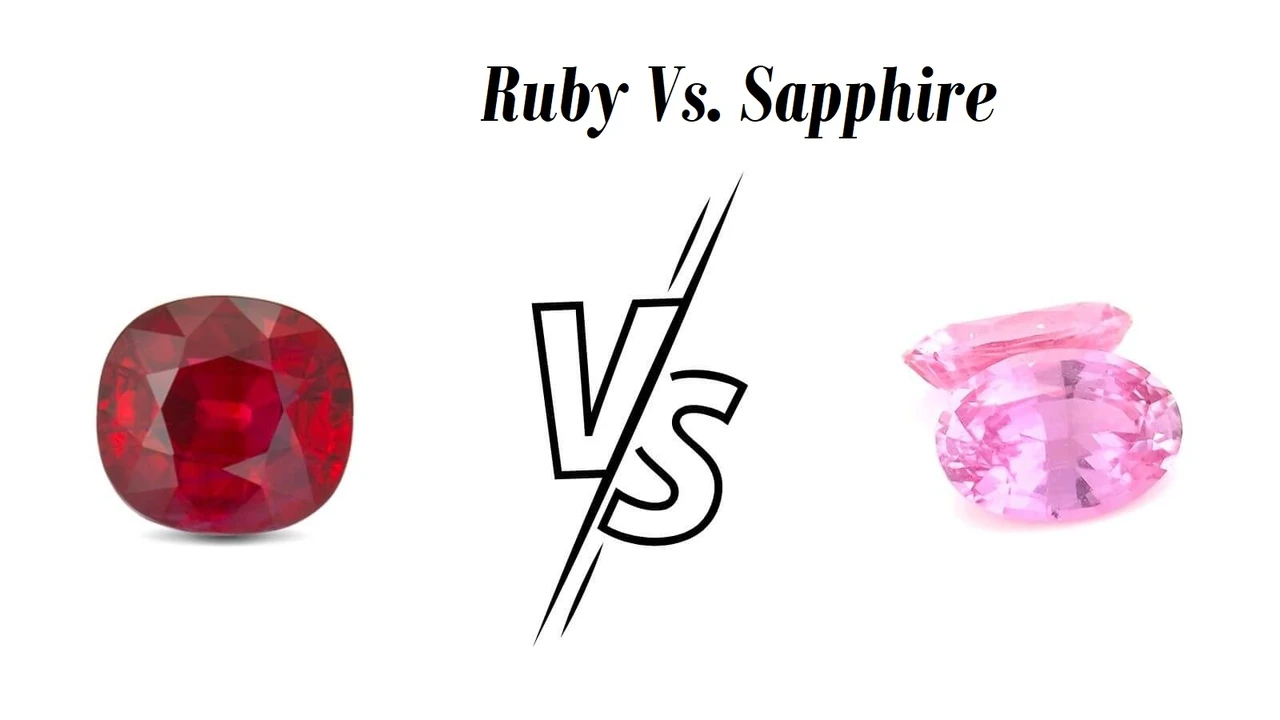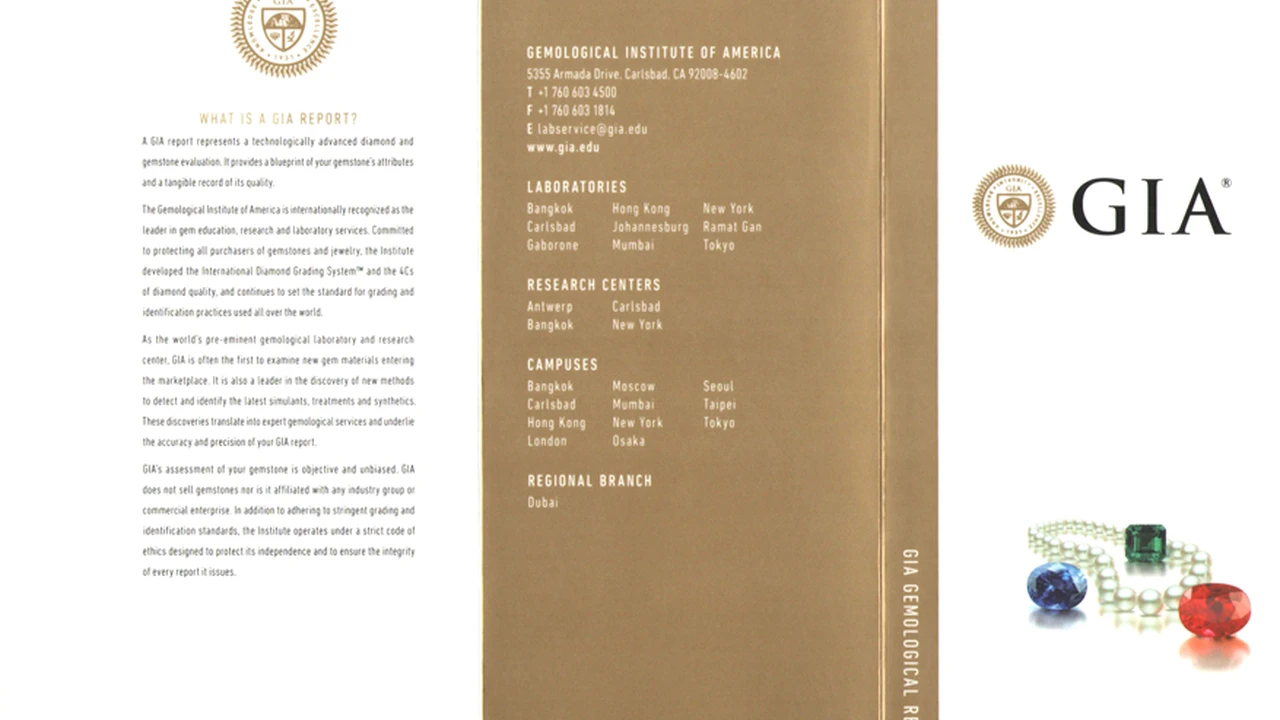The Allure of Rubies A Lucrative Investment Opportunity
Uncover the allure of rubies as a lucrative investment opportunity. Explore their historical significance, rarity, and enduring appeal.

Why Rubies? More Than Just a Pretty Stone Ruby Investment Appeal
Let's face it, rubies are gorgeous. That fiery red, the way they catch the light… but we're not just talking about aesthetics here. We're diving into the world of ruby investment, and trust me, there's a lot more to it than meets the eye. For centuries, rubies have been prized for their beauty and rarity, often associated with royalty and power. This historical significance contributes to their enduring appeal and consistently high demand. Unlike some fleeting trends, rubies have maintained their value (and often increased it!) over time. Think of them as a tangible asset, something you can hold and admire while it potentially grows in value.
Ruby Rarity and Value Factors Driving Ruby Prices
So, what makes a ruby valuable? It's all about the 4 C's, with a little extra spice thrown in: Color, Clarity, Cut, Carat, and Origin. Let's break it down:
- Color: This is KING. The most desirable rubies boast a vibrant, pure red color, often described as 'pigeon's blood.' Avoid rubies that are too orange, brown, or pink.
- Clarity: While perfectly flawless rubies are exceptionally rare (and expensive!), some inclusions are acceptable. However, excessive inclusions can diminish a ruby's brilliance and value. Look for rubies with minimal inclusions that don't significantly impact their appearance.
- Cut: A well-cut ruby will maximize its brilliance and fire. The cut should be symmetrical and proportionate, allowing light to reflect evenly throughout the stone.
- Carat: Carat weight is simply the size of the ruby. Larger rubies are generally more valuable, but color and clarity still play a crucial role. A smaller ruby with exceptional color can be worth more than a larger, lower-quality stone.
- Origin: This is where things get interesting. Historically, Burmese rubies (especially those from the Mogok region) have been considered the gold standard. However, rubies from Mozambique are increasingly recognized for their quality and beauty. The origin can significantly impact the price.
Investing in Rubies Product Recommendations and Usage Scenarios
Okay, let's get practical. What kind of ruby should you be looking for? Here are a few examples, along with their potential uses and price ranges (please note these are estimates and can vary greatly depending on the specific ruby and the vendor):
- Investment-Grade Burmese Ruby (Unheated): These are the holy grail of ruby investments. Look for a vibrant red color, excellent clarity, and a certificate from a reputable gemological lab (like GIA or Gubelin).
- Usage Scenario: Long-term investment, heirloom piece.
- Price Range: $10,000 - $100,000+ per carat (depending on size and quality).
- High-Quality Mozambique Ruby (Heated): Mozambique rubies offer excellent value for their beauty. Heating is a common treatment to enhance color and clarity.
- Usage Scenario: Investment piece, high-end jewelry.
- Price Range: $3,000 - $20,000+ per carat (depending on size and quality).
- Ruby Jewelry (Pendant or Ring): Investing in ruby jewelry can be a smart way to acquire a beautiful asset. Look for pieces with well-set, high-quality rubies.
- Usage Scenario: Wearable investment, special occasion jewelry.
- Price Range: $5,000 - $50,000+ (depending on the ruby and setting).
Ruby Investment Burmese vs Mozambique Ruby Comparison
The age-old question: Burmese or Mozambique? Here's a quick rundown:
- Burmese Rubies:
- Pros: Historically prestigious, often command the highest prices, known for their intense red color.
- Cons: Increasingly difficult to source, can be very expensive, ethical sourcing concerns.
- Mozambique Rubies:
- Pros: More readily available, generally more affordable, ethically sourced, excellent color and clarity.
- Cons: Less historical prestige than Burmese rubies, may not appreciate as rapidly.
Ultimately, the best choice depends on your budget and investment goals. If you're looking for the absolute top-tier ruby and have a substantial budget, a Burmese ruby is a classic choice. However, Mozambique rubies offer excellent value and are a great option for investors looking for a beautiful and ethically sourced gemstone.
Finding Reputable Ruby Dealers and Gemological Labs
This is crucial! Don't buy rubies from just anyone. Seek out reputable gem dealers and always insist on a certificate from a recognized gemological lab like GIA (Gemological Institute of America), Gubelin, or SSEF (Swiss Gemmological Institute). These labs provide unbiased assessments of a ruby's quality and origin.
Ruby Investment Market Trends and Future Outlook
The colored gemstone market has been steadily growing, and rubies are consistently in high demand. Factors like increasing wealth in emerging markets and a growing appreciation for natural gemstones are driving prices up. While there are no guarantees, experts predict that high-quality rubies will continue to be a solid investment in the long term. Keep an eye on market trends and consult with a gem investment specialist to stay informed.
Ruby Care and Storage Protecting Your Investment
Once you've invested in a ruby, it's important to take care of it. Store your rubies in a soft pouch or jewelry box to protect them from scratches. Avoid exposing them to harsh chemicals or extreme temperatures. Regularly clean your rubies with a soft brush and mild soap. Proper care will help maintain their beauty and value for years to come.
:max_bytes(150000):strip_icc()/277019-baked-pork-chops-with-cream-of-mushroom-soup-DDMFS-beauty-4x3-BG-7505-5762b731cf30447d9cbbbbbf387beafa.jpg)






